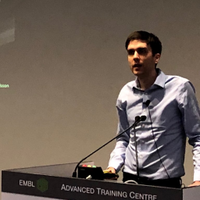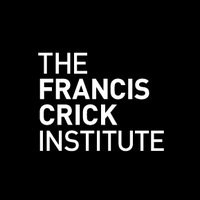
Pontus Skoglund
@pontus_skoglund
Evolutionary geneticist. My ancient genomics group at the Francis Crick Institute studies the human past using ancient DNA and proteins.
ID: 814824506
http://www.skoglundlab.org 10-09-2012 09:11:09
2,2K Tweet
6,6K Followers
2,2K Following

Researchers from the Crick, @UCL and King's College London used a new way of analysing ancient DNA to better understand European migrations in the years 1-1,000 AD The findings were led by Leo Speidel with senior author Pontus Skoglund crick.ac.uk/news-and-repor…



We can replicate the fascinating fine-scale patterns of genetic structure in Neolithic Ireland, revealing close ties between the elite, reported by Lara Cassidy et al (nature.com/articles/s4158…). This is not captured by regular outgroup f3 statistics.








This was a big team effort, and huge thanks to Pontus Skoglund, @marinasdsilva, Tom Booth, @_kakia_ , Anders Götherström, Chris Barrington, Ben Raffield, and Peter Heather for making this paper happen!

And quite unbelievably, it also made the cover. Entirely thanks to a very special cover design by Oliver Uberti. The cover is inspired by Scandinavian runestones, sometimes mentioning voyages taken by ancestors to foreign lands.





Very happy to share the results of my Marie Skłodowska-Curie Actions project done at UCL Genetics Institute with Mark Thomas and Pontus Skoglund from The Francis Crick Institute. We used ancient DNA to reveal remarkably high genetic diversity in the region of modern-day Ukraine / Україна over the last 3,500 years until ~500 years ago.



The study was made possible by the resilience of Ukrainian researchers – second author Olga Utevska from V. N. Karazin Kharkiv National University and MSCA4Ukraine fellow at genomicstartu, and numerous archaeologists conducting excavations in Ukraine despite the war.

Proud to have contributed to this study exploring 🇺🇦Ukraine's deep history through ancient DNA from 91 individuals. Thanks and congratulations to Lehti Saag, Olga Utevska, Mark Thomas and all other co-authors in Ukraine and beyond.

Check out our Ancient Genomics Lab, including Pontus Skoglund, @boothicus and Frankie Tait, on tonight’s new episode of Digging for Britain. 🦴 Watch it now on iPlayer (from 46:00), or tune in to BBC Two at 20:00. bbc.co.uk/iplayer/episod…








